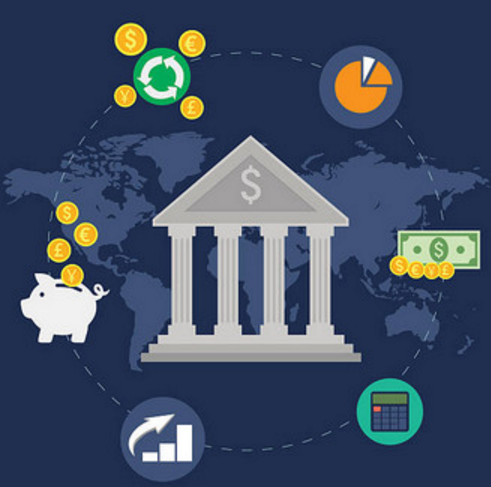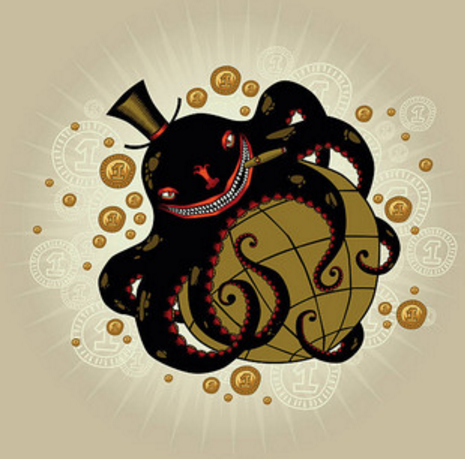De-pegging of the dollar from gold made possible free fluctuations of exchange rates under the influence of market factors and monetary and credit policies of states. As a result, the international interbank Forex market with floating rates was created and a new type of activity appeared — currency trading.
The main institutional players of the international foreign exchange market are central banks. Their task is to lower or strengthen the rate by intervening to buy or sell currencies, controling the interest rate of loans and issuing national currencies in order to defend the interests of national economies.
However, other players are not able to influence Forex with daily turnover of over 5 trillion dollars — only George Soros who defeated the Bank of England in the early 90s, managed to make the history. In 2013, 15 banks denied this truth by playing the rates of both liquid and illiquid currencies.

Investigations of manipulations on the international currency market were conducted in six countries in three years. The British FCA and the Swiss authorities were the first to sound the alarm: Scandinavian currencies were in demand among the manipulators. According to other sources, the reason for the investigation was an article in Bloomberg whose authors managed to intercept the chats of the bank’s traders.
Genius is simplicity, or the mystery of the London fix
Commercial banks that provide currency exchange services to clients operate on the basis of a fixed rate, which they receive from Thomson Reuters and World Markets agencies.
By definition, the exchange rate is set based on the average value of the last minute of trading at 16–00 GMT. The set value is valid until 16–00 of the next trading day.
Each bank has a rule of preliminary requests for the exchange of large amounts. Customers, currency and volume are known in advance to a bank trader. With the help of special trader chats (now forbidden), large banks would get in touch before the fix, coordinate their actions, agreeing to buy or sell in one direction 15 or 5 minutes to 16–00, thereby shifting the exchange rates to their advantage.

The chat records seized by the SEC and the FSA showed that they worked with all pairs, especially on the Swiss franc and other Scandinavian currencies. The chats discussed the minimum threshold for the reduction or increase of rates, as well as which currencies are in demand for manipulation; sometimes the order would be set.
History repeats itself
Trade analysis showed that the old mechanisms for determining fixed rates do not work and have been manipulated for ten years. It is noteworthy that the most popular chat of bank currency traders was called Cartel. The comparison of trades and this chat helped establish the duration of the manipulations (from 2009) and their mechanism.
While the commission dealt with the artificial changes of LIBOR, similar scheme appeared in currency trading. First, it concerned the CME exchange, which issued currency benchmarks for national currencies (ruble, Brazilian real, etc.) on the basis of a survey of ten major banks. The US authorities intercepted the negotiations in which the banks had agreed to give distorted information about the national currency exchange rates.
…including metals
Having barely completed the LIBOR investigation and begun to pursue banks for currency fraud in 2013, the US Commodity Markets Commission together with the profile subcommittee revealed similar manipulations with the CME fix in metals, bonds and commodity futures.
Investigation results
Personal responsibility fell on thirty currency traders who were dismissed without the right to engage in stock trading.
Five banks (UBS, HSBC, Royal Bank of Scotland, Citigroup, JPMorgan) were subjected to double fines in the United Kingdom and the United States, which totalled more than a billion dollars. With regard to another ten banks, the investigation continues.

The algorithms for fixing currencies, metals and raw materials on world exchanges have been changed. However, many exchanges continue to use the old method when setting a course for the national currency. WSJ specialists said that the investigation had come to the conclusion that it was possible to change the EUR / USD rate for a short period by the lot of $200 million.

Read more interesting stories, reviews and analyses on the LiteForex Traders Blog: https://www.liteforex.com/blog/
Comments
Post a Comment